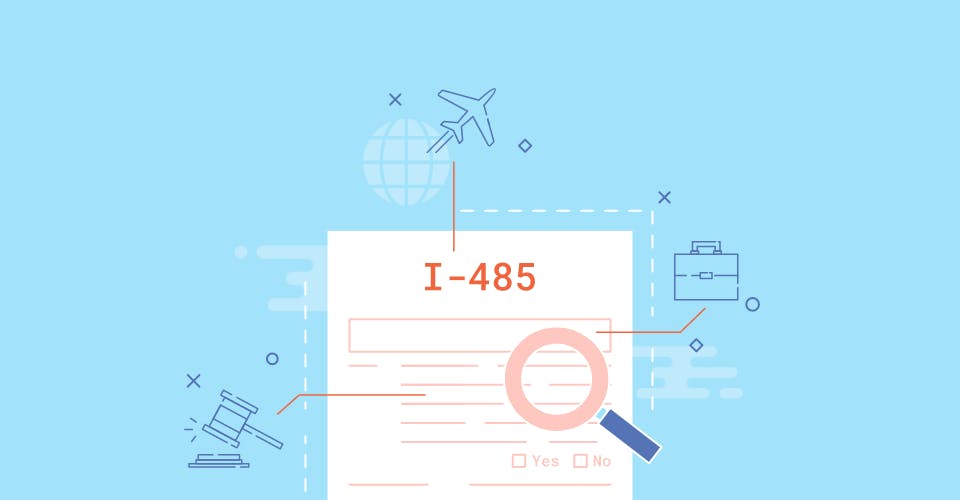Adjusting your status as an asylee is possible, although it’s not easy. For those seeking a green card in the United States under this conditionality, the process involves being able to fill out the I-485 application under the circumstances of an asylee. Because the form is 20 pages long and asks very specific questions about an individual's past, filing as an asylee might take more time, and more background research as opposed to simply an immigrant who is applying for a marriage green card. This brief guide is meant to address some of the details and considerations applicants should keep in mind while they are going through this process.
Waivers and Resident Status
First off, all applicants will need to pay the I-485 application fee unless they have a fee waiver. Many other guides will simply advise for asylees to skip the application fee, however, documentation is always needed if one is planning on skipping the USCIS fee—and this comes in the form of either an accepted or rejected waiver. Usually, waivers are accepted due to financial constraints on behalf of the applicant.
Secondly, the I-485 application contains key information that will determine one's processing time and adjudication by a reviewing case officer. In Part 3 of the application, applicants should be aware that if they list a primary address that is outside of the United States, (which represents an address history other than the applicant’s country of persecution), the adjudicating officer might consider this as potential evidence of being able to resettle in another country, and therefore deny the application or request more evidence. However, some applicants will not have a choice in the matter because they were already living in another country and need to be honest for the sake of the documentation.
Ones resident history also needs to match up to another key USCIS criteria for asylees wanting to adjust their status—having already lived in the United States for one year. Applicants need to make sure that at the time of filing their I-485, they have surpassed one year and are not planning on surpassing one year by the time the application has processed.
Immigrant Visa question
In Part 3—Additional Information About you (which means the principal applicant), the I-485 also asks applicants if they have ever applied for another immigrant visa at a U.S. Consulate or embassy. It might very well be the case that asylees, before they were given asylee status, were trying to secure a visa based on the familial relationships. However, applicants should be careful in this section because the question specifically relates to “immigrant visas [used] to obtain permanent resident status in the United States”. In other words, if an applicant has applied for a non-immigrant visa in the past, such as a skilled working visa, this would technically not count as trying to seek permanent residence in the U.S. as the INA still states that these are temporary visas bound to expire after a certain period of time.
The A-File
After getting through the majority of the questions on the I-485 application, asylees should also note that every answer they are giving, especially with regards to inadmissibility in Part 8 is going to be backed up to the individual’s A-File, or Alien File, by the DHS. Applicants should also note that on the I-485 itself there are no questions pertaining to one's medical history, or vaccination records—but that an interviewing officer will almost certainly back check an applicant's I-693 Medical Examination form.
In general, asylees have a history of fleeing their countries during times of persecution, and often receive asylum without an incomplete A-file, or with an A-file that still needs to be followed up by a reviewing officer. Applicants should make sure to back up any new information listed on their I-485 with supporting documents if they can still obtain them.














